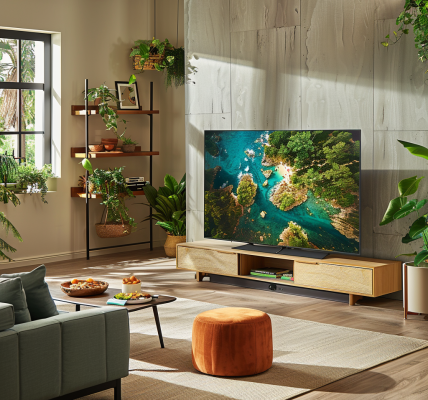Unreal Engine 5.5 has made significant strides in enhancing audio capabilities, providing artists and developers with a wealth of new tools and features aimed at improving sound design and workflow. This latest release introduces a variety of updates, including powerful Audio Widgets for user interface interactions, advancements in MetaSounds, and much-anticipated reverb functionality.
One of the standout features of Unreal Engine 5.5 is the introduction of a Reverb Node within MetaSounds. This addition addresses a common request from users who have long sought an integrated reverb solution. Previously, developers had to rely on workarounds to create reverb effects, often using convolution techniques or layering delays. Now, with the new Reverb Node, users can easily incorporate reverb into their sound design, enhancing the auditory experience of their projects.
In addition to reverb, the release also brings a feature called Audio Insights, which Epic Games describes as a tool for profiling and debugging audio. This tool provides a comprehensive set of metering options that allow audio designers to save tab layouts and work remotely, facilitating collaboration among team members. The ability to analyze and debug audio in real-time is crucial, especially in interactive environments where traditional linear music paradigms do not apply.
MetaSounds has also seen usability improvements in this release. Instead of introducing a plethora of new features, Epic has focused on refining the existing framework, addressing usability issues, and enhancing the overall user experience. Some of the notable updates include:
- New console commands that streamline workflow.
- The ability to play graphs without needing to click on the canvas first.
- A helper node for retrieving the last index.
- Improved conversion from preset workflows.
- Dropdown menus that support arrow key navigation.
- Additions of play and stop buttons for sound previewing.
- Options for fast input promotion and simple-view selections.
- Enhanced functionality for hiding unconnected pins.
- Right-click options to create MetaSounds sources from content browser selections.
- Support for clearing unused inputs and managing audio delay lines.
- Integration of find-in-references support.
Another exciting development in Unreal Engine 5.5 is the introduction of Audio Widgets. These sleek UI components allow developers to create interactive audio experiences with ease. The available widgets include sliders, faders, encoders, and meters, all of which are based on materials, granting artists the flexibility to design custom widgets tailored to their specific needs. This feature is particularly beneficial for those using Unreal Engine for solo projects, as it enhances the ability to create engaging and responsive audio interfaces.
The combination of these features marks a significant evolution in Unreal Engine’s audio capabilities, making it an even more powerful tool for sound designers and developers. By addressing user feedback and focusing on usability, Unreal Engine 5.5 not only enhances the sound design process but also fosters a more collaborative and efficient working environment.
As the industry continues to evolve, the demand for high-quality audio solutions remains paramount. Unreal Engine 5.5 positions itself as a leader in this space, offering innovative tools that cater to the diverse needs of creators. With ongoing improvements and a commitment to user experience, Unreal Engine is set to redefine the standards of audio design in gaming and interactive media.
In summary, Unreal Engine 5.5 is a comprehensive update that significantly enhances the audio capabilities of the platform. The introduction of the Reverb Node, Audio Insights, and improved usability within MetaSounds, combined with the new Audio Widgets, empowers artists to push the boundaries of sound design and create immersive experiences. As the creative community embraces these advancements, the potential for innovation in audio design is limitless.





